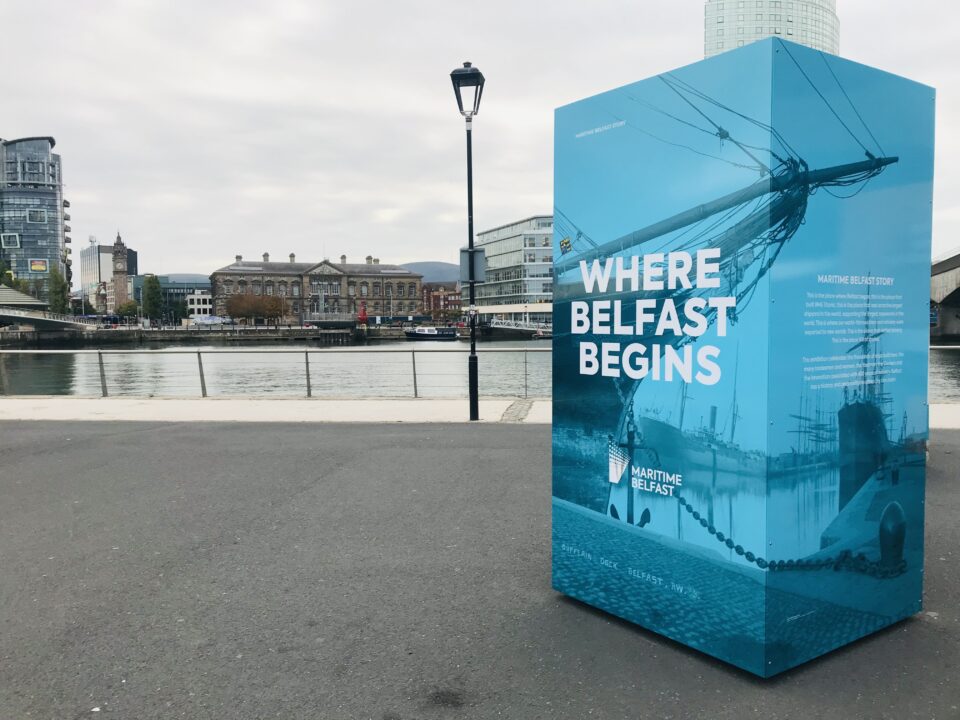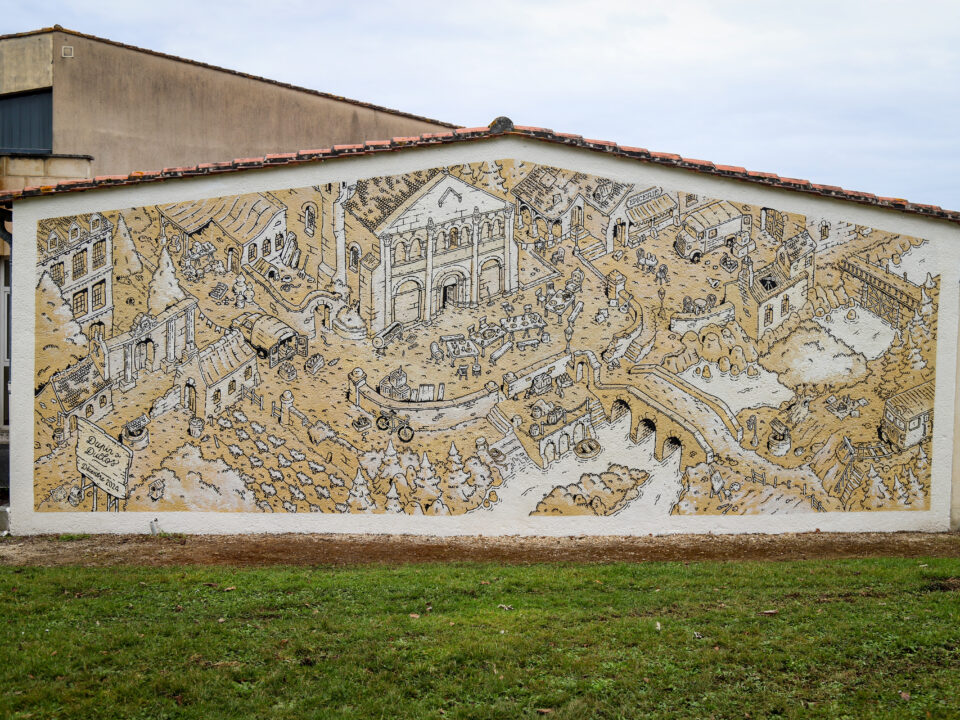

Be part of Lisbon’s story
A new roadmap will help to enhance and repopulate the tourist area of Colina do Castelo
Lisbon is a vibrant and innovative European capital. This Portuguese city is one of the oldest destinations in the world, rich in history and home to several museums and art collections. It is a city of openness, a meeting point for diverse cultures and nationalities.
Millions of people from all over the world visit Lisbon every year to enjoy the colourful architecture, delicious food and enchanting fado music. Tourism is fundamental for the local economy, indeed. It is both an opportunity and a threat since the touristification of the historic urban area is one of the main reasons why inhabitants are moving away.
Creative industries are another strategic cluster for the city’s economy, with high growth potential, but a current lack of financing. Moreover, Lisbon faces problems such as social and environmental vulnerability, as well as the gentrification of some districts.
Through the implementation of several different projects, the municipality aims to improve people’s quality of life, as well as make Lisbon a welcoming destination for a range of innovative businesses.
The engagement of local communities is key to regenerating Colina do Castelo
The municipality wants to build a more sustainable urban environment and stop gentrification through urban regeneration. This will reinforce ties with citizens, build community cohesion and provide tools to empower these communities.
The historic urban area involved in the HUB-IN project includes seven neighbourhoods of Colina do Castelo: Alfama, Mouraria, São Vicente, Castelo, Sé, Intendente and Graça. This is the historical and cultural heart of Lisbon. Each district has its own unique characteristics and identity. In this context, their cultural-led urban regeneration is vital for the sustainable development of the whole city.
The roadmap is the result of a co-creation and co-design work conducted between May 2021 and June 2022 in the framework of the HUB-IN project. The municipality developed an immersive human-connected approach. Twelve in-depth semi-structured interviews targeting selected stakeholders provided useful insights in terms of local innovation, sustainability and community engagement. Two online co-creation sessions with stakeholders and citizens contributed to the design of the local hub and the identification of opportunity spaces for innovation. The roadmap will be a guide to address seven main challenges:
● Safeguarding and rehabilitation of immovable cultural heritage
● Safeguarding the intangible cultural heritage
● Promotion of the economic and creative fabric
● Sustainable tourism
● Environmental sustainability
● Retention of resident population (between 1950 and 2011 the pilot area lost more than 50% of its residents)
● Reuse and adaptation of outdoor spaces.

Lisboa HUB-IN: a multicultural and festive hub, where tradition meets innovation
Lisboa HUB-IN strives to be an engine of transformation for the sustainability and well-being of the communities living within Colina do Castelo through the sharing and convergence of innovation and traditions. A strong focus is set on the promotion of the local culture, arts and crafts, but also on enhancing these activities and improving their presence on the market, linking existing initiatives and testing new sharing and circular business models.
The Centro de Inovação da Mouraria (CIM) will be the physical hub, an incubator for the creative industries. This municipally-owned structure can grow to become the headquarters of a whole range of activities developed in the seven neighbourhoods. In addition, the FabLab Lisboa will be another physical space where activities and workshops can take place, especially the ones related to product prototypes. It will be focused on projects and events related to arts, crafts, entrepreneurship and innovation.
The new Colina do Castelo: Authentic, inclusive, sustainable, lively
The HUB Colina do Castelo general mission is to fight against the desertification of neighbourhoods by keeping their authenticity and identity, protecting and leveraging their material and immaterial heritage. Three sub-missions will guide the regeneration and revitalization of the historic urban area:
- Mission 1 – Promote a circular neighbourhood by valuing cultural heritage based on inclusion and quality of life
- Mission 2 – Boost creativity and rethink local businesses to improve the economy and safeguard traditional knowledge
- Mission 3 – Promote climate action, making it compatible with the cultural-led urban regeneration of Colina do Castelo, creating better living conditions and comfort for local communities.
The future exploitation model of the HUB Colina do Castelo will be designed based on a strategic public-private partnership approach. The hub strives to involve stakeholders through the organisation of a citizens’ assembly. The aim is to empower local communities by ensuring they have their direct say in the policy-making process, as well as checking that the strategies developed by the city council and parishes are adapted to the reality and constraints of this area.
Learn more on the roadmap that will guide the implementation of a series of concrete actions aiming to enhance Lisbon’s historic urban area here.




